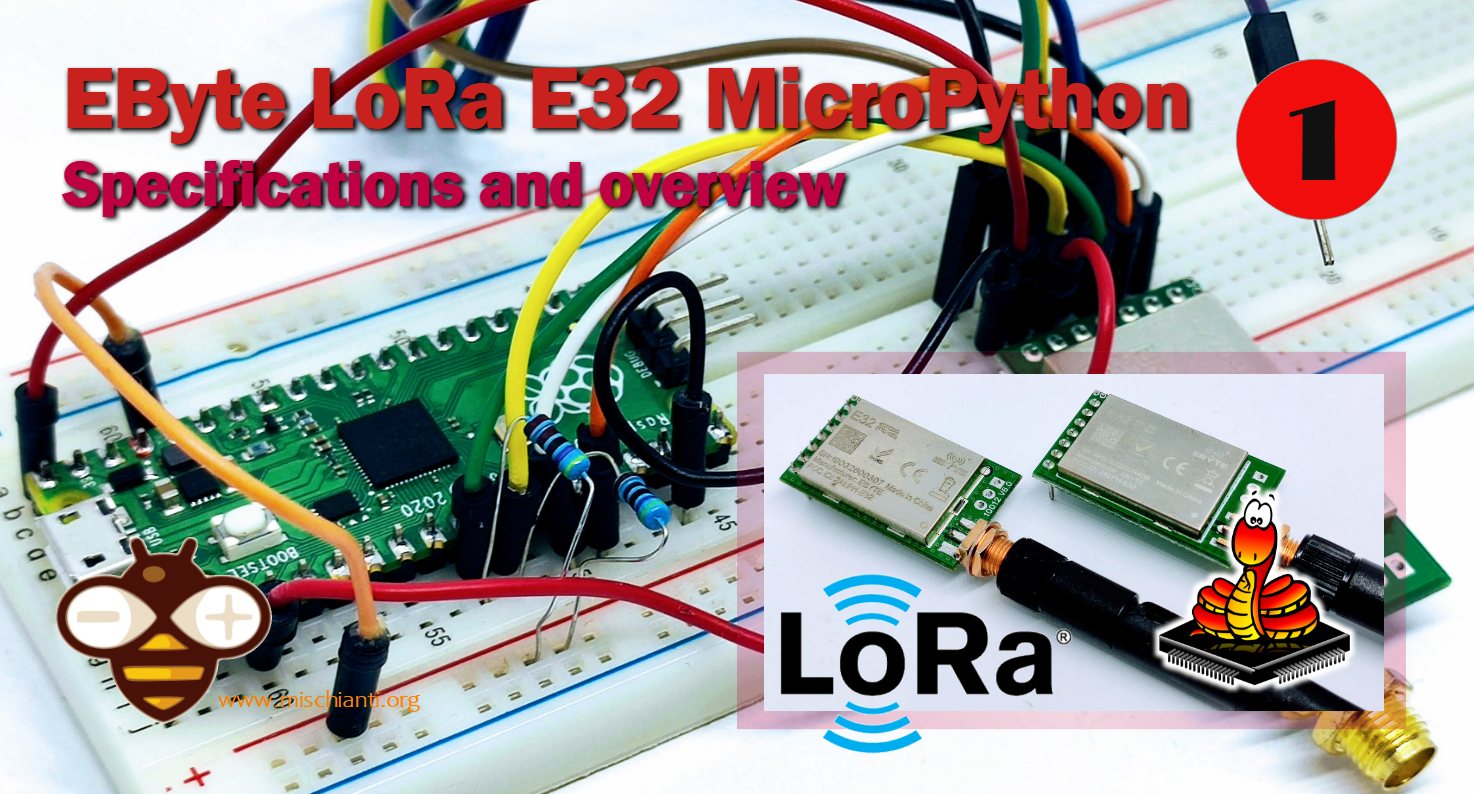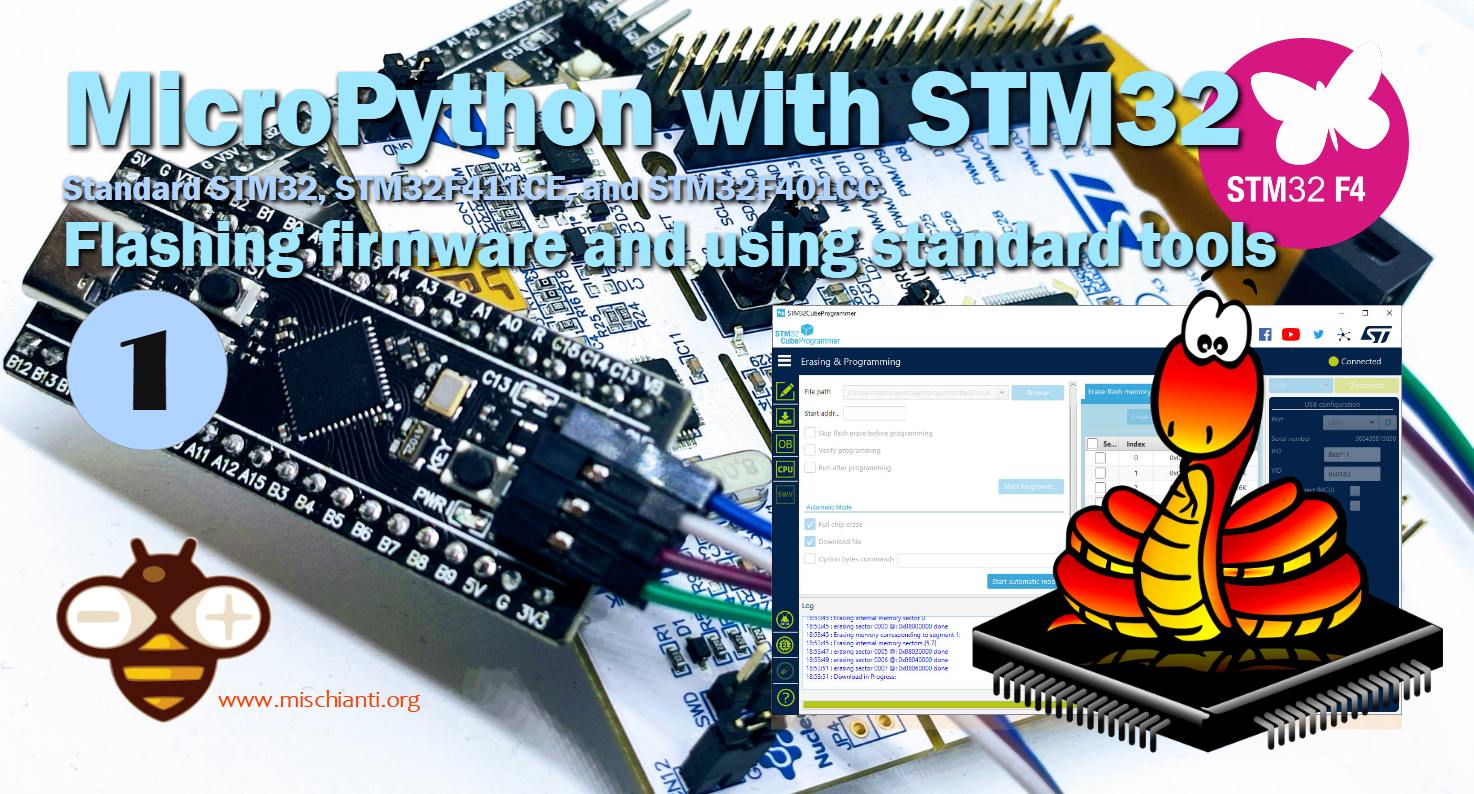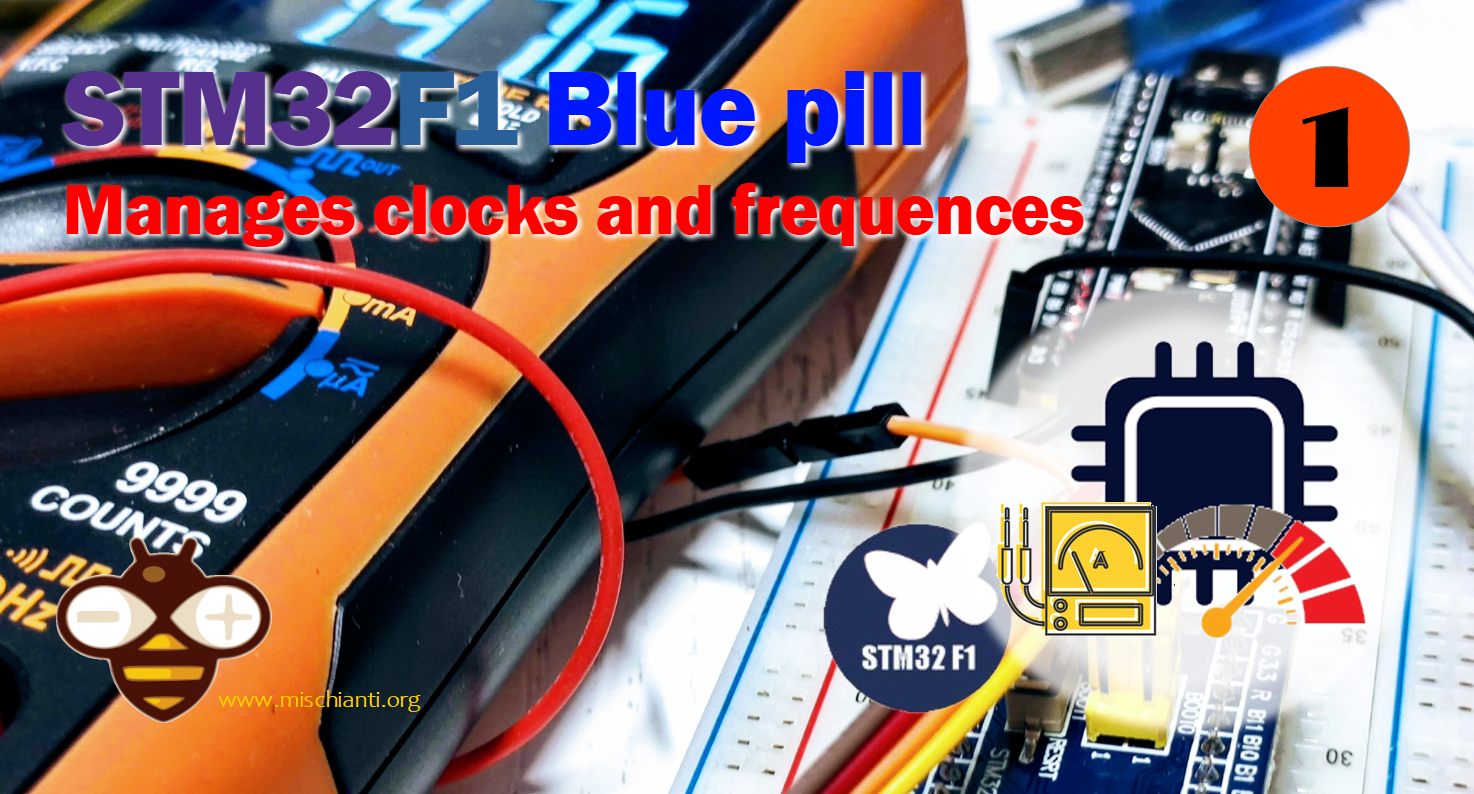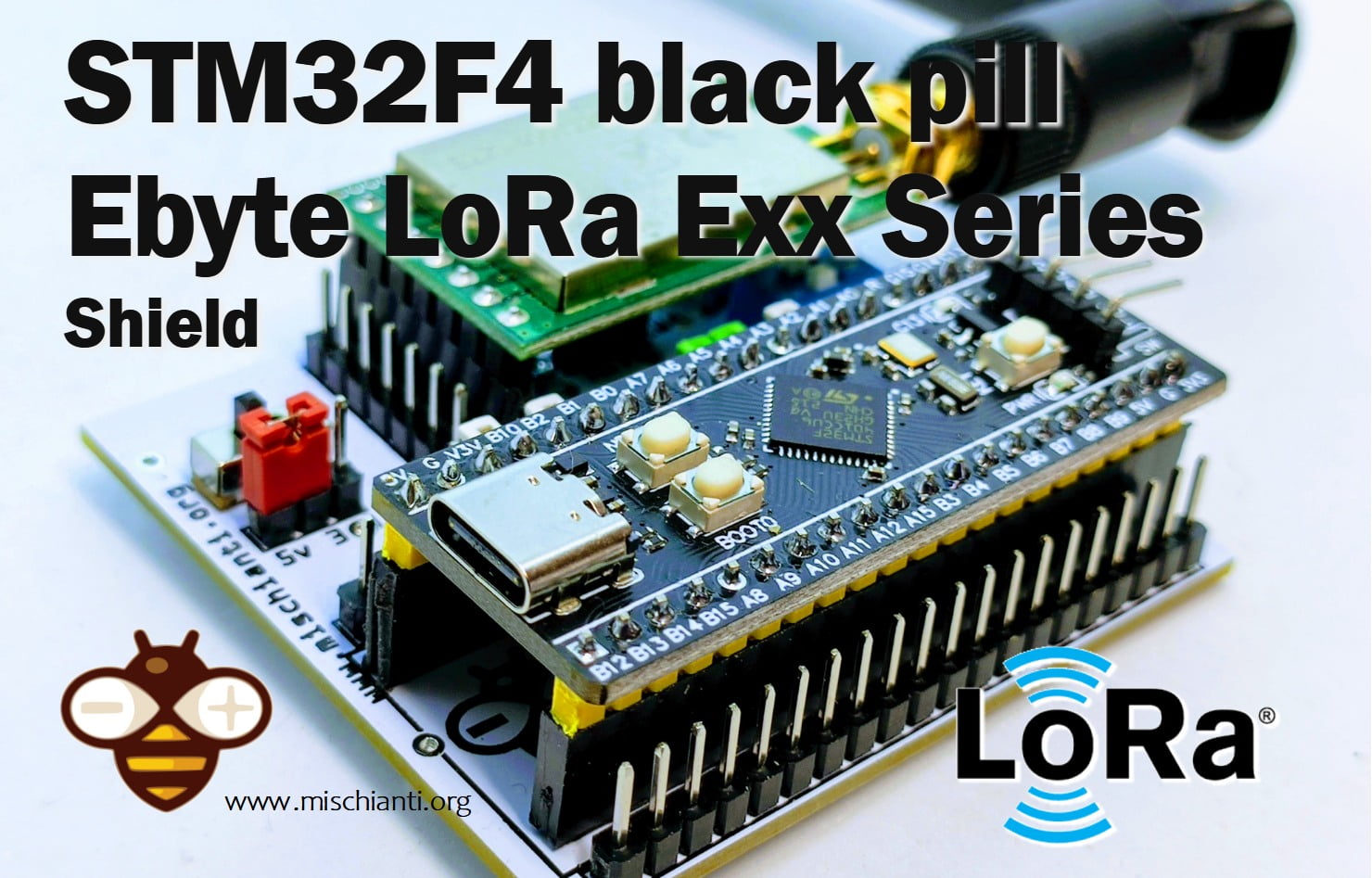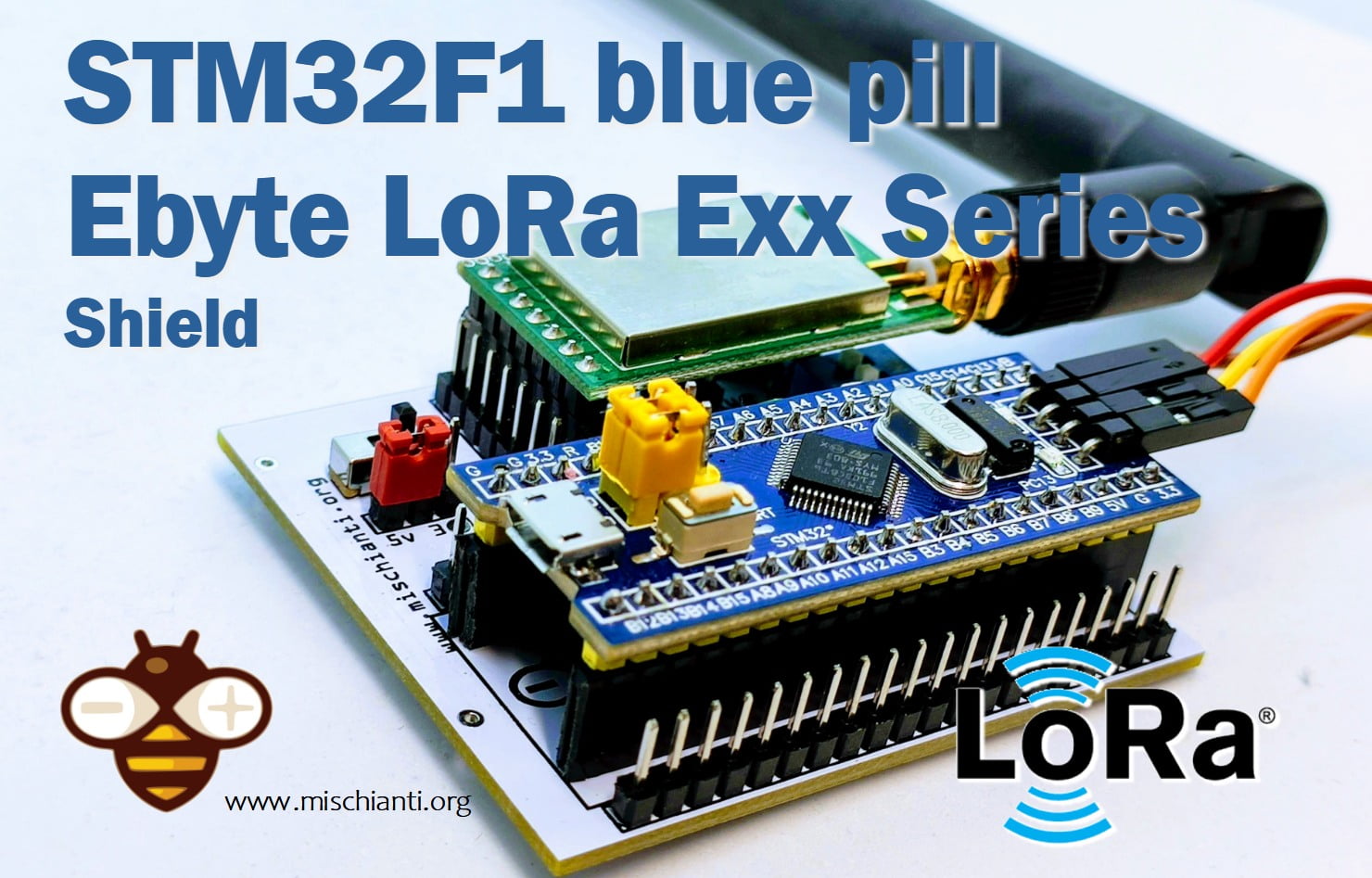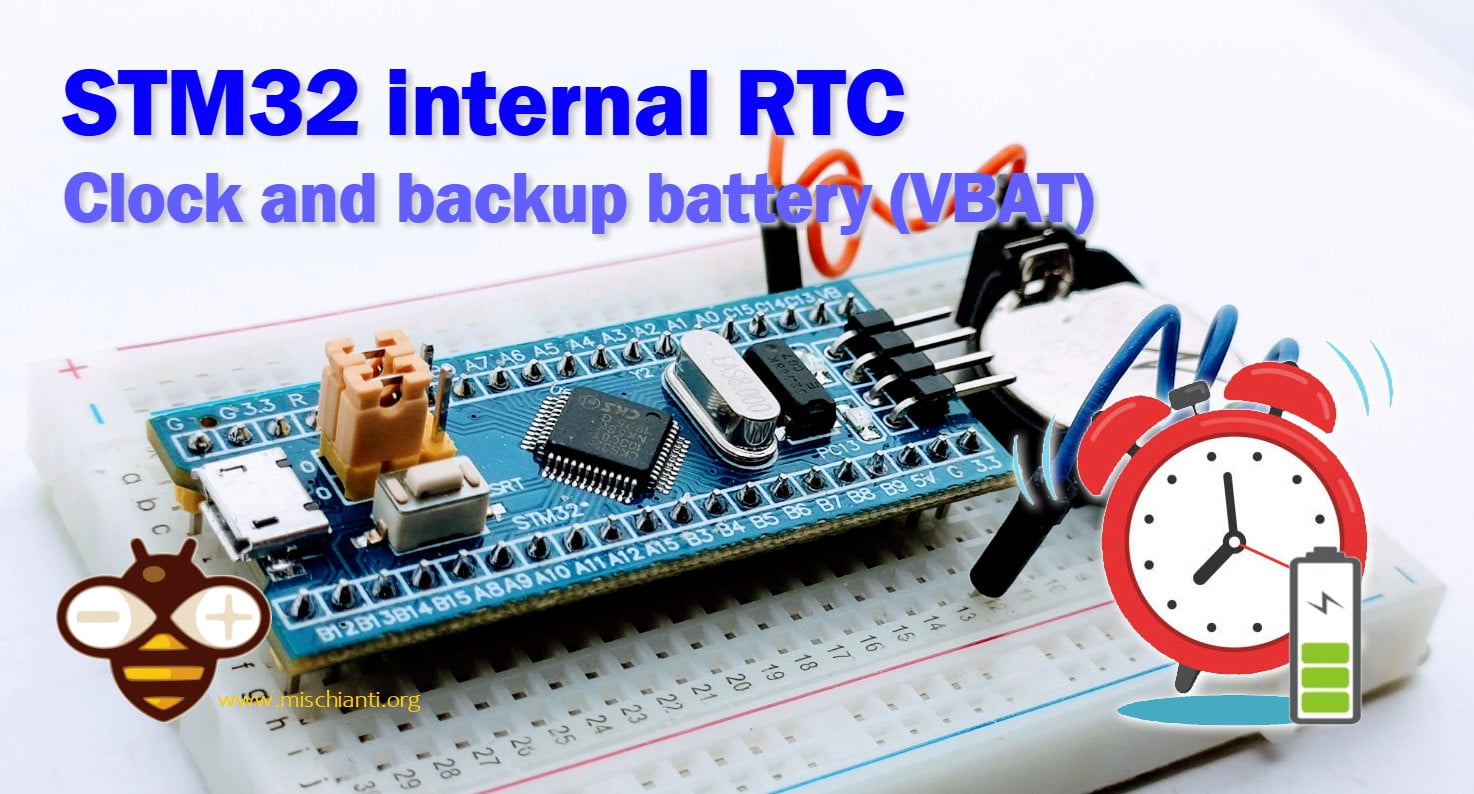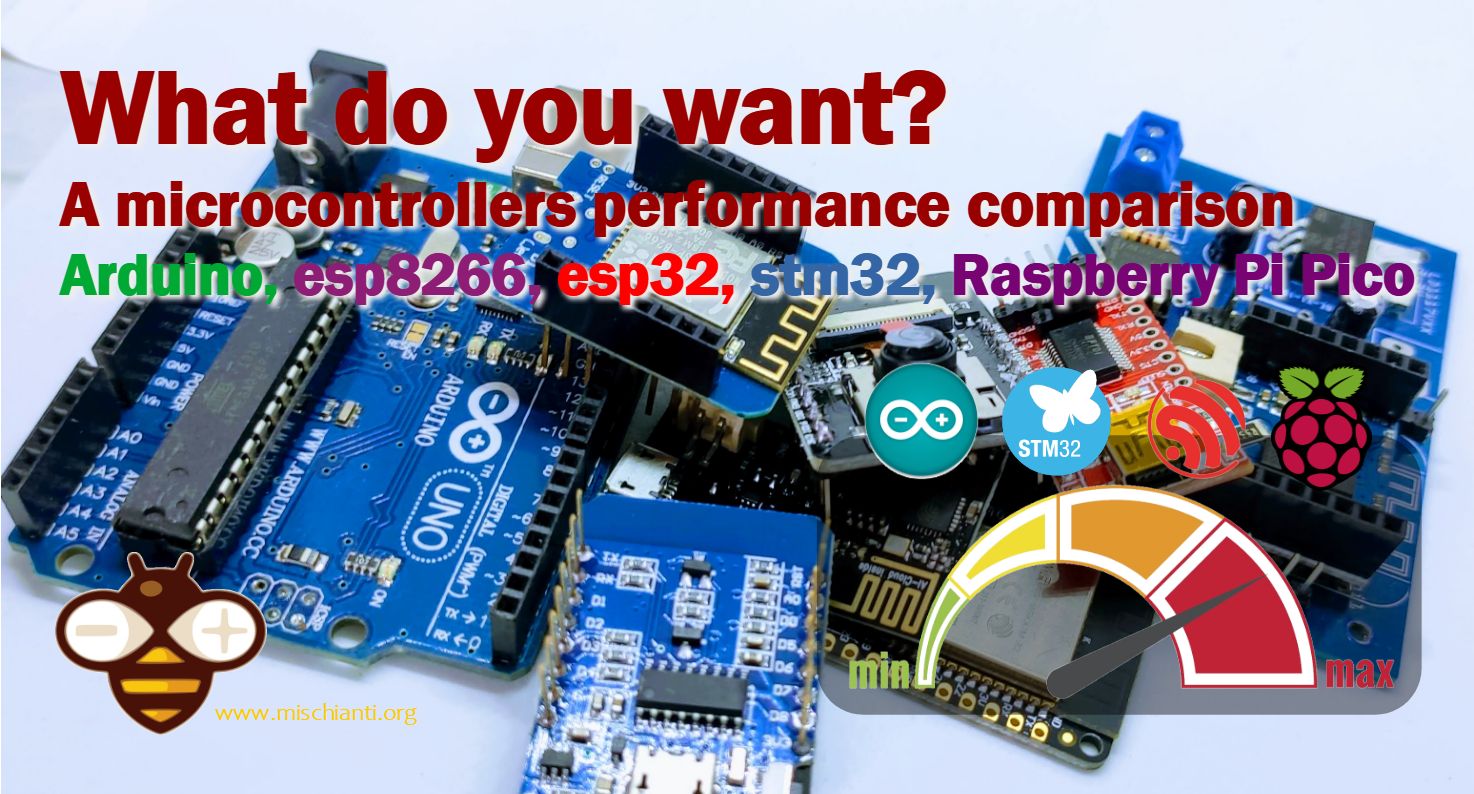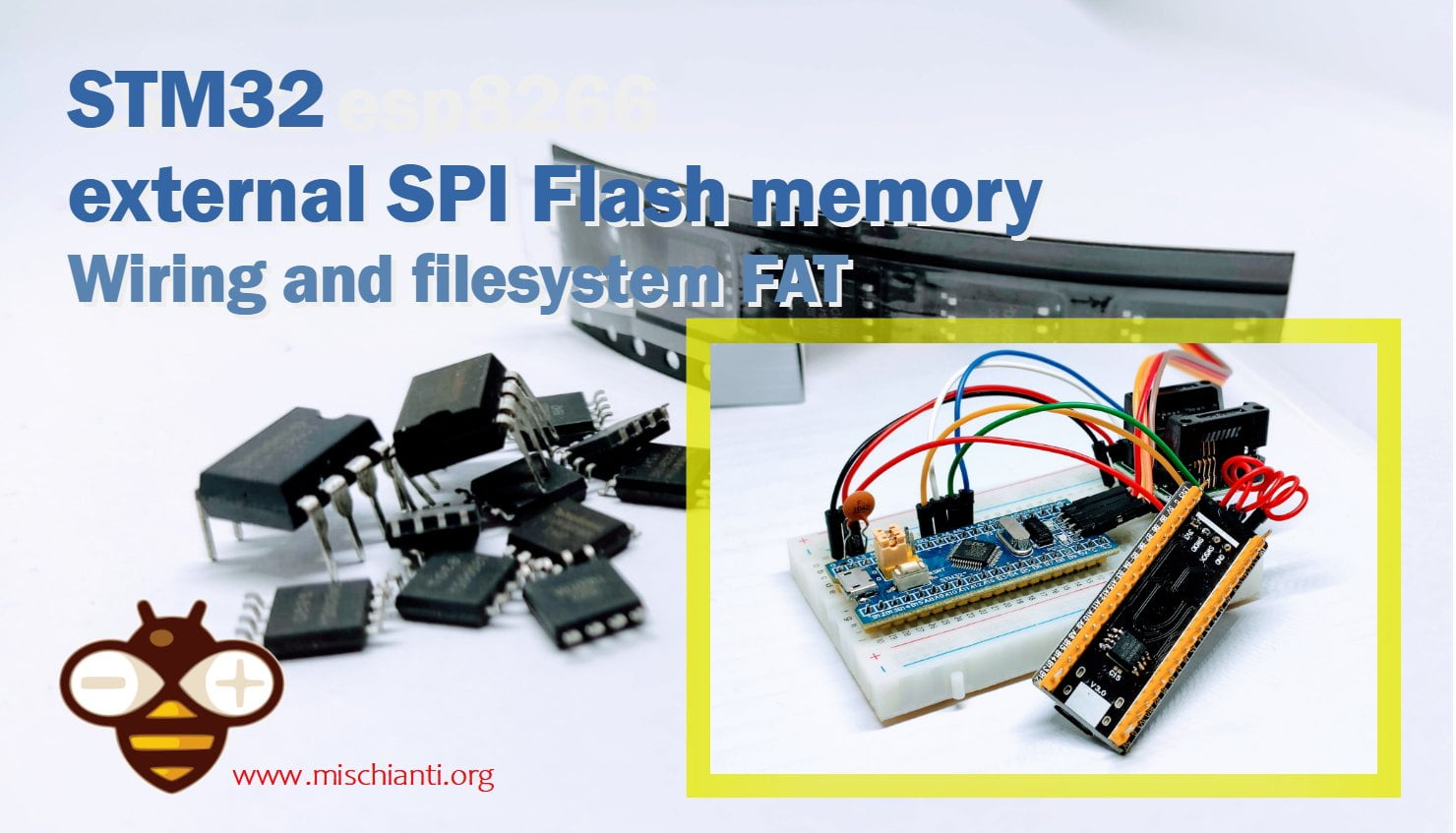Ebyte LoRa E32 & MicroPython: specifications, overview and first use – 1
Ebyte LoRa E32 series are a collection of wireless transceiver modules. In this article series, we will explore the Ebyte LoRa E32 device and its integration with MicroPython. This first article will focus on the specifications and basic use of the device.

